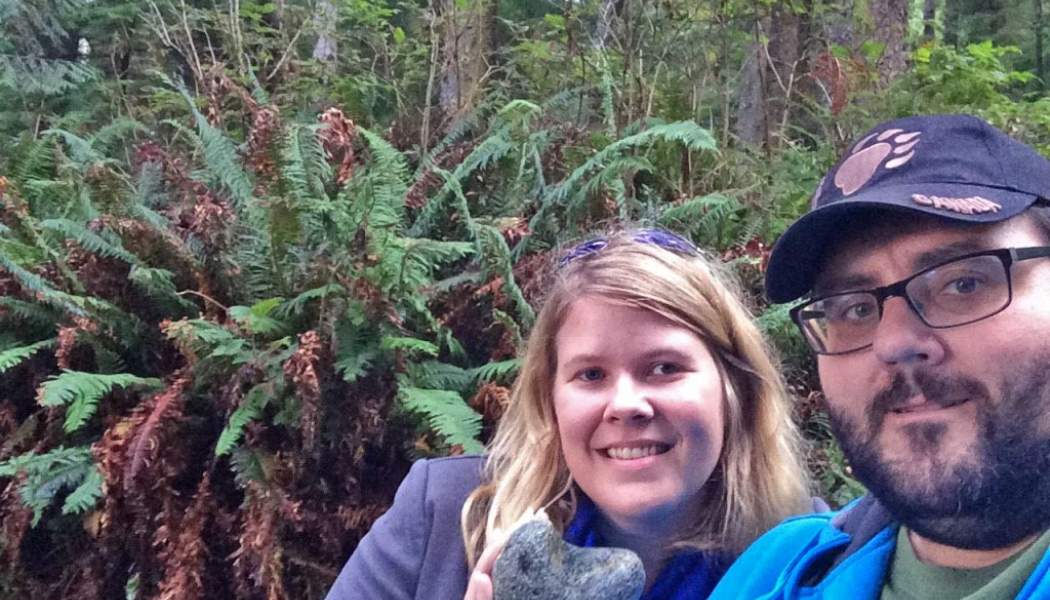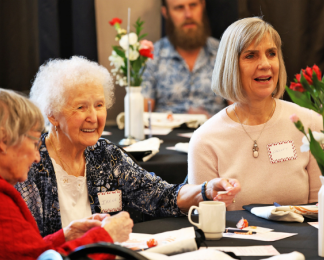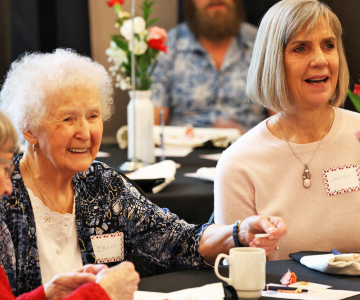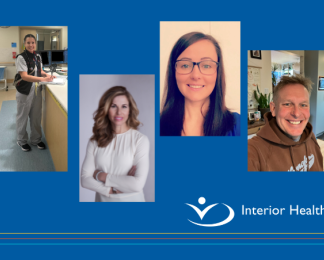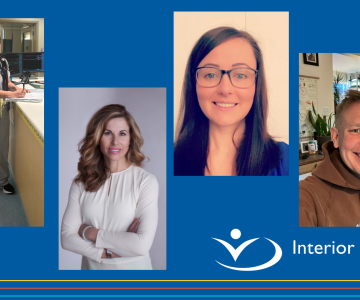Did you know that not all disAbilities are visible?
Mental illness, chronic pain or fatigue, sight or hearing impairments, diabetes, brain injuries, neurological disorders, learning differences and cognitive dysfunctions, are a few examples of invisible disAbilities.
Having a disAbility doesn't prevent me from going to university or competing for any type of job that I am qualified to do. Improved accessibility in the workplace gives me the freedom to live my life without stigma so I can contribute to society and support my family.
But I am also aware that many other people have not shared my experience.
Growing up in the era I did, people with disAbilities experienced segregation in schools, some were institutionalized, while others were prevented from having a family.
I have witnessed many positive changes toward how people with disAbilities are treated and included in society.
It is essential that we continue this work and focus on removing barriers for all people living with disability, both visible and invisible.
Want to learn more? Dec. 3, 2020 is the International Day of People with Disabilities.

